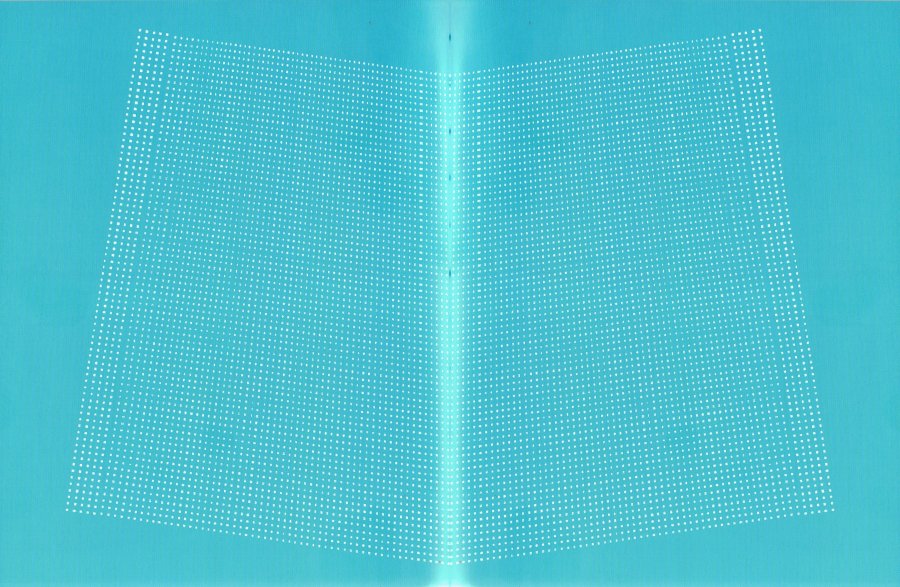|
Die alte Welt wurde von einer massiven Klimaänderung erschüttert, als vor ungefähr 6000 Jahren beträchtliche Bereiche der damals üppigen,
zum Teil bewaldeten Graslandsavanne rasch austrockneten und sich in raues Ödland verwandelten. Die große Sahara-Wüste im arabischen
Nordafrika und die riesigen Wüsten des mittleren Ostens und Zentral-Asiens gab es damals noch nicht. Die globale Erwärmung nach den
Eiszeiten beschleunigte das Austrocknen dieser enorm großen Wüstenregionen, die als „Saharasia“ (=Sahara/Arabia/Asia) bekannt ist.
Archäologische und paläoklimatische Studien beweisen, dass der große Wüstengürtel der heutigen Saharasia eine zum Teil bewaldete
Graslandsavanne gewesen ist. Eine vielgestaltige Tierwelt – Elefanten, Giraffen, Rhinozerosse und Gazellen – lebte im grasbewachsenen
Hochland, während Nilpferde, Krokodile, Fische, Schlangen und Mollusken in den Bächen, Flüssen und Seen gediehen.
Heute ist der größte Teil dieser Regionen Nordafrikas, des Mittleren Ostens und Zentralasiens sehr trocken und ohne jede Vegetation,
was auch soziale und emotionale Verwüstung bei den Menschen in dieser Region erzeugte.
|
|
Why is it that masters of prose think they can knock off poems in their spare time? James Joyce did it,
John Gardner, Raymond Carver, John Updike, Joyce Carol Oats (I’d imagine), etc.
Poems, they think, are just like novels except a lot shorter and therefore, lots easier, you know.
And so here I am reading and reviewing, at the same time, W. G. Sebald’s very, very slender book of verse called For Years Now.
Before you think I am being disrespectful or unfair reading and reviewing a book of poetry simultaneously,
let me quote the first poem in its entirety:
It is said
Napoleon was
colourblind
& could not
tell red
from green
Yep, that’s it. There are 23 of these things of about the same length, making this book about 300 words long.
Most of the book is taken up with “art.” In this case, the following full two pages consist of graphics,
“images” they are called on the title page, all lovingly Xeroxed by Tess Jarary. Green and white rectangles skewed
across the page making a sloppy wallpaper of sorts. These wallpapery images correspond to the poem preceding it
(green and green in this instance). The next poem:
Please
send me
the brown coat
the one I used
to wear on
my night journeys
What follows is wallpaper consisting of a brown field with tiny white fish eggs.
Apparently
the red spots
on Jupiter are
centuries old
hurricanes
What follows is a solid red page with, you know, red spots. (Squares, actually, but what’s the diff?). And so on.
But tiny dabs of interest can be found by the starved reader. Classical allusions abound (well, they abound in a book that
consists of 200 words or so). Both Pliny and Scipio are mentioned. The confessional poets have had an obvious influence:
The smell
of my writing paper
puts me in mind
of the woodshavings (sic)
in my grandfather’s
coffin
Maybe “woodshavings” is one word in England. I was too lazy to look it up. Beyond spelling,
this poem caused me to speculate on the choices poets who eschew all punctuation must make when it
comes to possessives. I mean really, isn’t the apostrophe in “grandfather’s” an intrusion, an impurity,
a sign of weakness? I’ll have to drop W. S. Merwin an email on that. i mean W S Merwin
The best poem is this one, another confessional:
I recall now
there were pictures
of decapitations
in my house
master’s room
Dark (almost blood) red page with tiny white squares (skulls?) opposite this one. Remind me not to send my kids to boarding school
in Switzerland.
Sorry to say, I own this book. And I paid £6.50 for it (that was $13.00 ‘mericun during my visit to London in ’07).
Why did I buy this thing? Because I love W. G. Sebald that much! Really, I am a huge fan and I have read all his (prose)
books (Austerlitz twice). But this book of poems is ridiculous. The least he could have done was call it,
rather than a book of poems, a book of captions. Then it could be shelved in the art section where the graphic nonsense dwells.
Whatever it is, it’s a waste of paper (it is beautifully printed, despite being a paperback).
Stuff like this might’ve been cool in 1971, but it is an exercise in desolate art-mongering and pretension now. Run away
M. D. Hudson
|
|
Andächtig hat Christoph Bartmann diesen Band in den Händen gehalten, der dreiunddreißig von Jan Peter Tripp gezeichnete
"Augenlandschaften" mit bisher unveröffentlichten Prosa-Miniaturen von W.G. Sebald verbindet,
eine "Wahlverwandtschaft im Zeichen der Schwermut". Kaum nötig, darauf hinzuweisen, dass auf Tripps Bildern
ebenso wenig gelacht werde wie in Sebalds Büchern. Doch für Bartmann steigert Tripps "verschärfender Zugriff"
auf die Augen eines Proust, Beckett oder Borges noch den Ernst - oder gar "die metaphysische Trauer" - in eine unheimliche,
"furchterregende Tiefe".
Sebalds dazugestellte Miniaturen findet Bartmann sogar so schwermütig schön, dass er die Behauptung wagt:
"Man müsste sich schon an einen Mast ketten lassen, um vor der Sirenenkraft solcher Sätze gefeit zu sein."
Lob geht auch an das "kluge Nachwort" von Andrea Köhler ...
|




